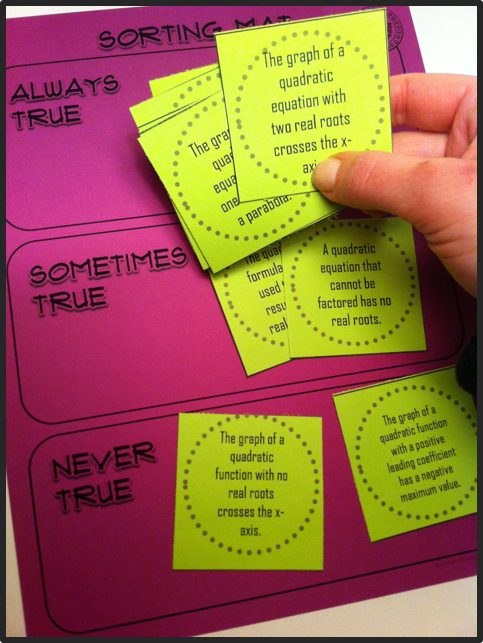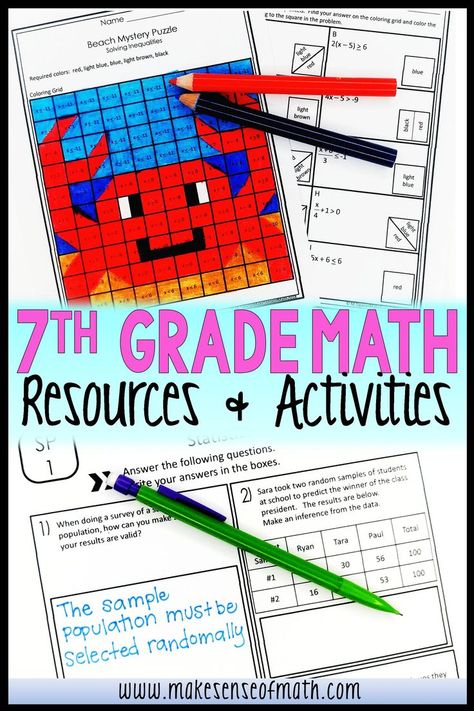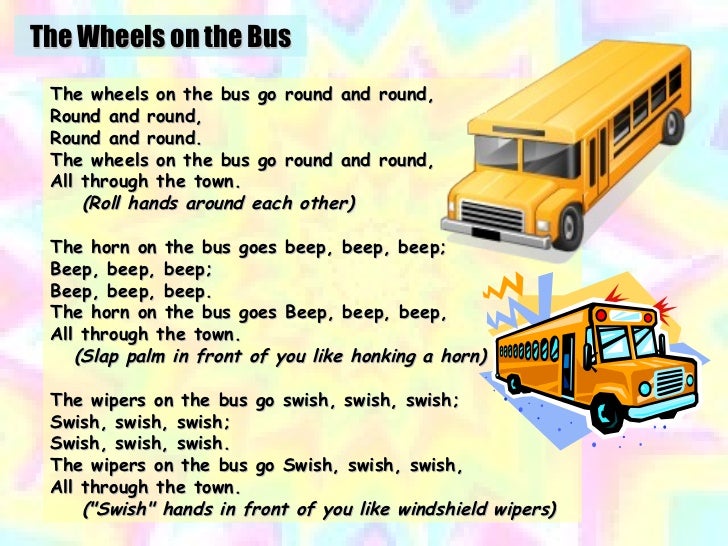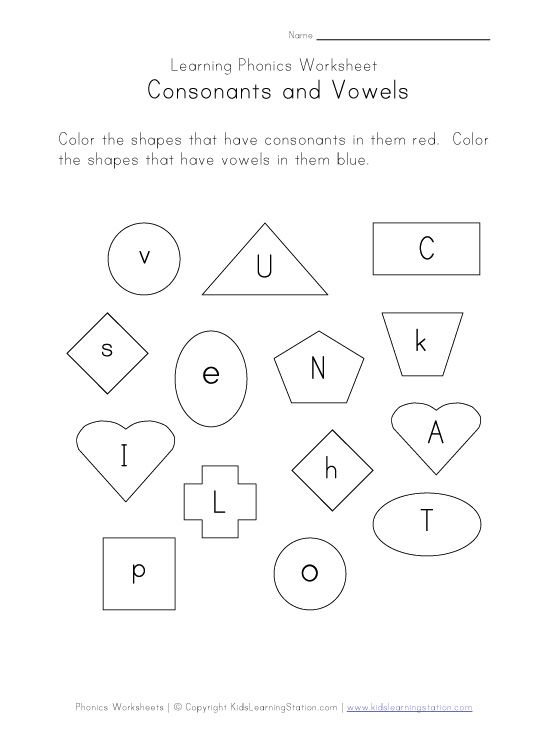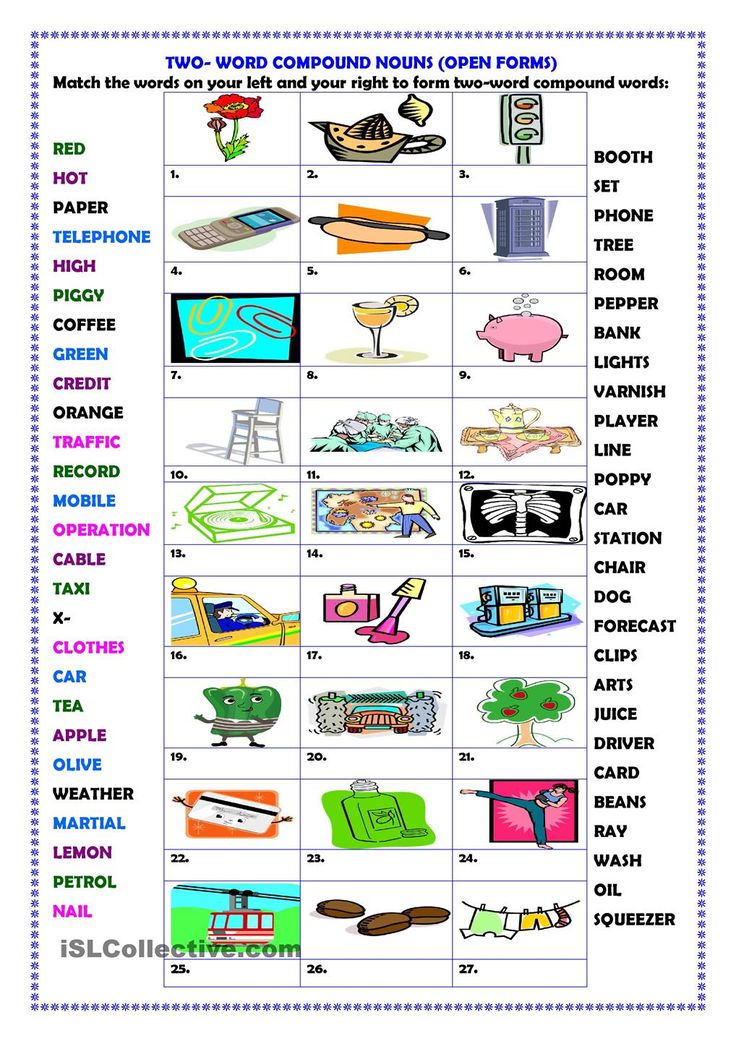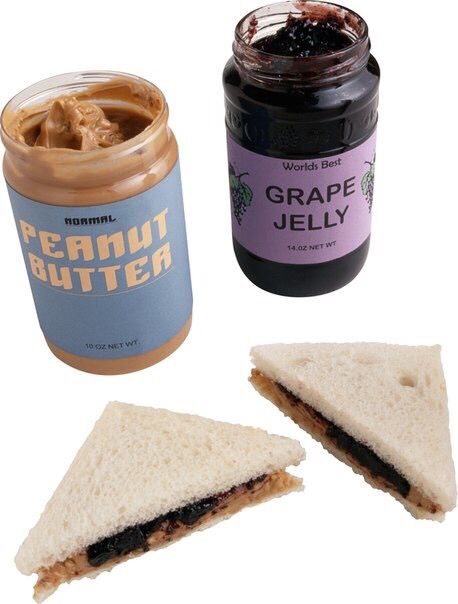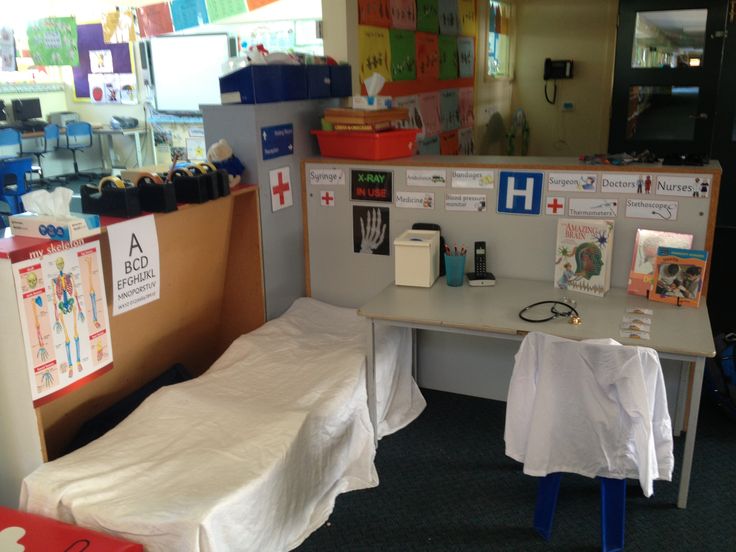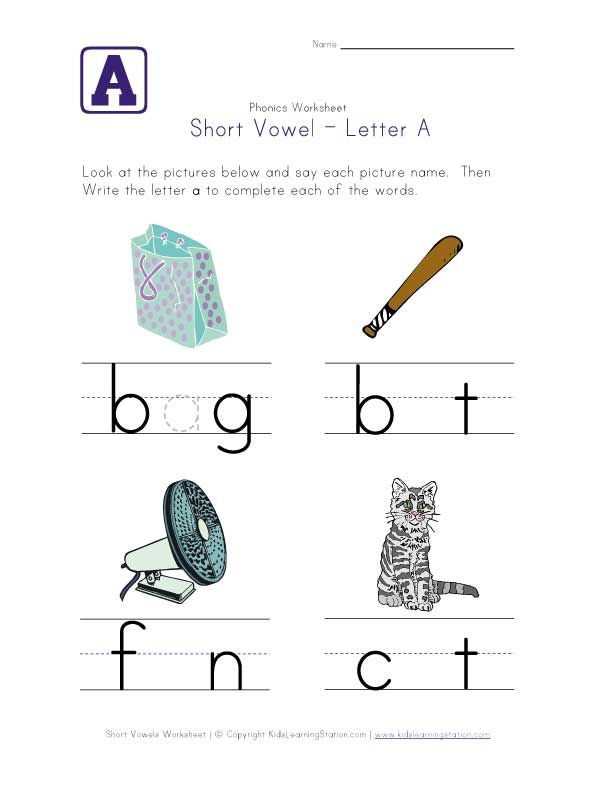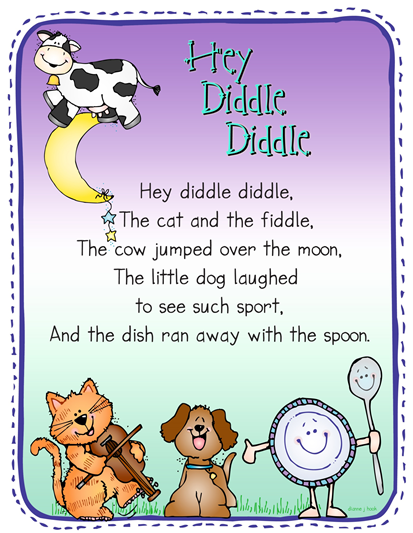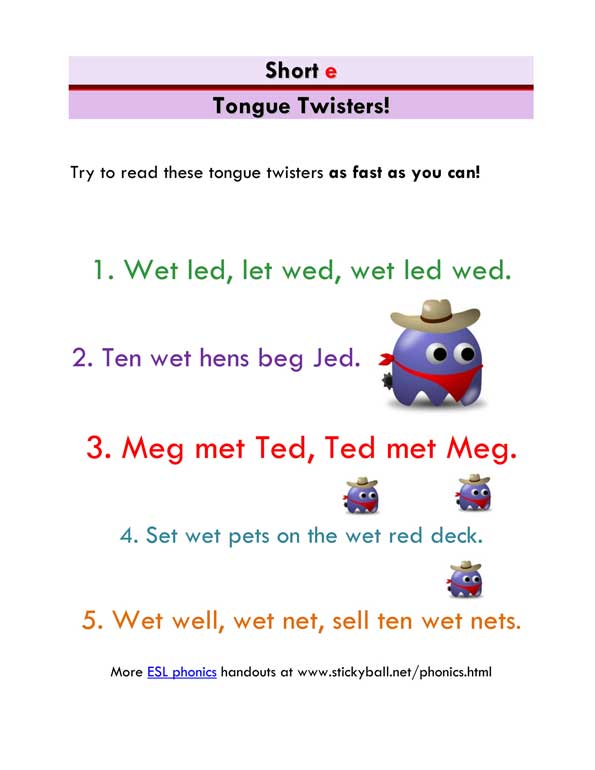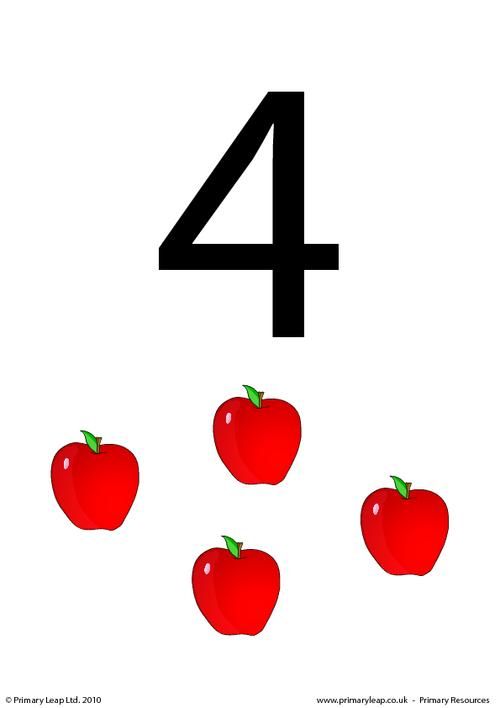Fun activities for algebra
25 Fun Math Activities for Middle & High School Students
By: Virginia | Feb 19, 2021 12:15 PM
If math is your student’s least favorite subject, everything from classes to homework to studying for quizzes and tests can be like pulling teeth.
But with an extra dose of creativity and fun, dread can turn to delight!
Like any challenging (and important) skill, mastering key math concepts takes practice; unfortunately, that can often look like a worksheet or some other list of tasks that feels more like a mental laundry list than a puzzle kids would be eager to solve.
This genre of practice can be necessary, don’t get me wrong, but if you could use a little help in giving math practice a makeover, we’ll need to step outside that box. The good news is: making math fun to learn for kids isn’t a mystery, and these ideas are simple to implement at home with elementary, middle, or high school students.
Here are 25 fun activities that will spice up your child’s learning routine, plus they’ll reap the benefits of “gamified” learning: increased motivation, engagement, and pure enjoyment of learning just for the sake of it.
More good news: reluctant and enthusiastic mathematicians alike will get a kick out of gamified learning. Take a look with your student, and pick out a few to try this week!
Fun Math Activities for Elementary and Middle School Students
1. Play Math Tic-Tac-ToeThis handy resource adapts the classic Tic-Tac-Toe game for a range of skills and grade levels. Best for elementary and middle school students, this activity can be a quick brain break or an all-out challenge with a prize at stake.
2. Try the Exponent Battle Card GameAs the website cleverly describes this game, it "raises math fun to a higher power”! Kids will enjoy playing against parents, siblings, or friends, and they’ll have an extra incentive to master the exponents they’ll need for science and math class.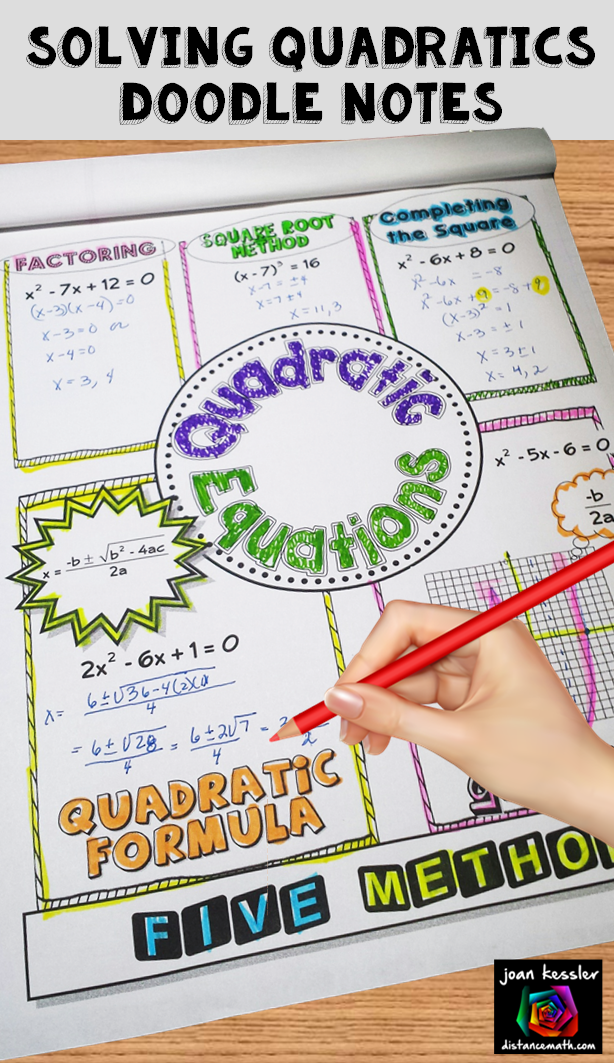
Yes, you read that correctly! Minecraft has an incredible math educator’s guide that’s guaranteed to intrigue young gamers who could use an extra incentive to bolster their math skills. Learn more about the incredible educational applications of Minecraft.
4. Tackle Fantasy Football EquationsThough football season may be over, this activity is a great one to stash away for the next draft. Algebraic equations can be challenging for many middle school students, and this sporting twist will not only make the practice more bearable, kids will get to see the (sometimes elusive) real-world application of what they’re learning.
And here is an expert tutorial if your student could use some extra help solving for x.
5. Roll Into a Subtraction Dice GameThis foundational skill becomes a lot more enjoyable in game form, and students will strengthen their mental math muscles as they play.
Ideal for lunch time, kids will be extra-motivated to master proportions and fractions. Converting fractions into decimals, or vice versa? These tutorials will help your student convert the numbers in a trice.
7. Play Math JeopardyFrom averages to exponents to algebra, these pre-designed Jeopardy games will elevate study time and make review something to look forward to. Kids can compete with siblings or virtually with friends!
8. Pull Off an Order of Operations HeistTo crack the safe in this online game, students must correctly use the order of operations. Kids will need to know this to solve math problems, but as they master the skill, a reward like pulling off a heist is a useful motivator.
9. Have a Math Board Game NightIf you’re looking to revamp your family’s board game collection, why not infuse some fun with math? Proof!, Prime Climb, and Real World Math were each created by teachers and boast hundreds of rave reviews from parents.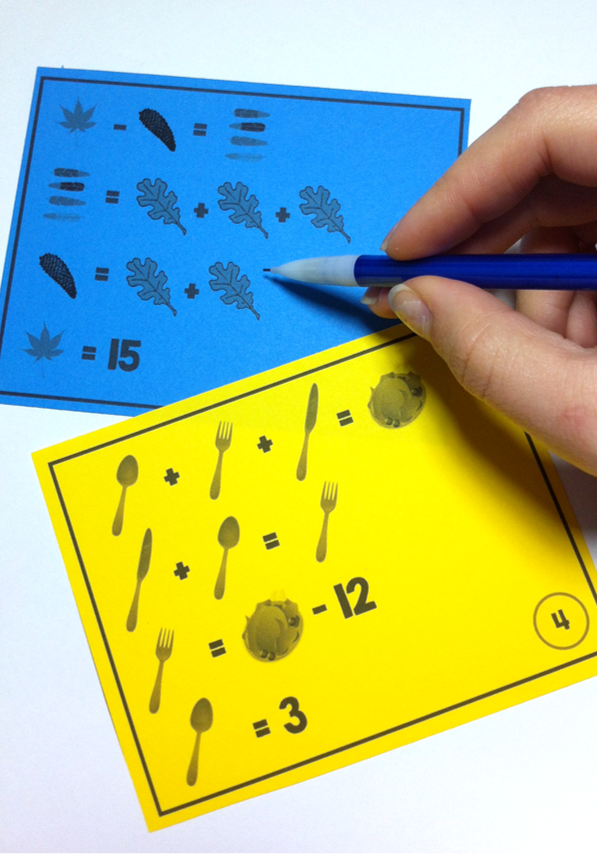
Discounts, fractions, budgeting—there are so many mathematical applications when it comes to shopping for kids’ favorite foods. This activity can easily be done virtually through grocery delivery services or online shopping.
11. Battle in a Multiplication “War” Card GameThe game that has entertained kids for countless hours gets mathematical in this rapid fire edition of “War”.
12. Hit the Negative Number PiñataLearning to add and subtract negative numbers can be tricky. So, to stave off student frustration, this game is a fun way to practice. Plus, this platform offers quick tutorial videos as well, just in case your student could use a refresher.
13. Chart a Graphed Scavenger HuntWho doesn’t love a great scavenger hunt? Not only would this make a great at-home (and outdoor) activity, kids will practice graphing coordinates and slopes in a hands-on way.
A sweet introduction to algebraic thinking, this is one of many colorful games Math Playground offers. Players solve for the value of each candy in this online “sweet shop.”
15. Jump into Multiplication HopscotchKinesthetic learning, or learning through movement, is a great way to increase students’ engagement (and energy levels). If your student is learning to memorize multiplication tables and could use a break from paper and pencil, take a break outdoors with some chalk, and get moving!
16. Place Value with LEGOYoung learners mastering place value will benefit from the visual and kinesthetic aspects of exploring the concept with LEGO. This activity will work with just about any LEGO set you have on hand.
Fun Math Activities for High School Students
17. Launch into Space with Math & NASASTEM worlds collide in NASA’s math series! This website offers activities for algebra, geometry, and pre-calculus paired with the innermost workings of space exploration.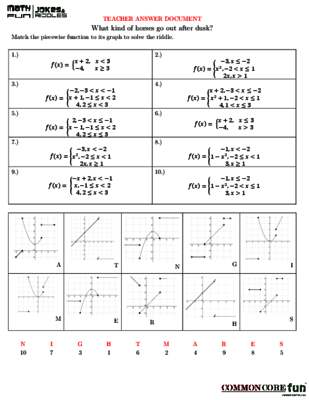
This probably sounds familiar: when will I need to know this in real life? This range of expertly-designed activities provides valuable connections to practical scenarios that will satisfy even the most skeptical students.
19. Dance With a Transversal Geometry GameThink of this fun activity as the antidote to the geometry doldrums. Kids can pick a soundtrack (or use one of the pre-made options), clear the room, and dance their way to knowing all about transversals.
Fun Math Activities for all Ages
20. Embark on an Interdisciplinary ProjectConnecting new (and potentially dull) subject matter to an area of students’ interest is a well-known best practice in education. This resource provides some excellent interdisciplinary projects that blend math skills with art, history, fascinating places around the world, and more.
21.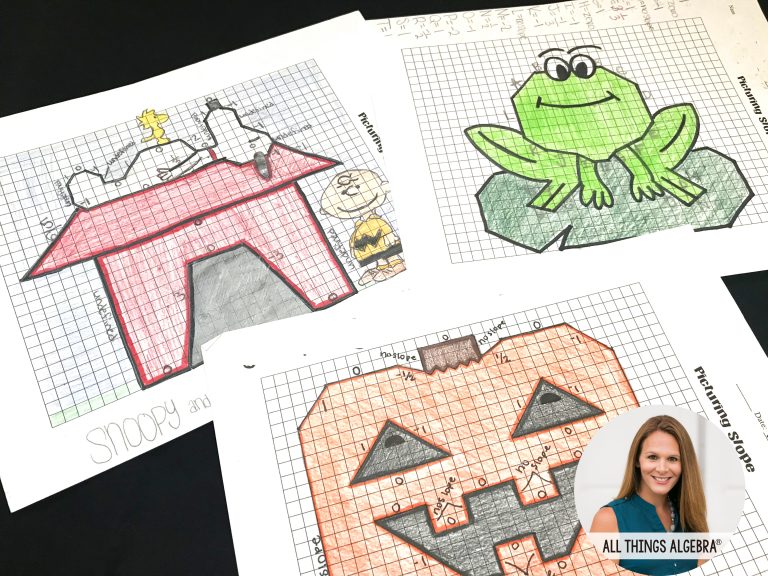 Set Sail with a Quadratic Equation Shipwreck
Set Sail with a Quadratic Equation ShipwreckIf your student is just getting the hang of quadratic equations (or perhaps brushing up for a quiz), this game is a perfect way to practice.
22. Plan a Pi Day ExtravaganzaPi Day, March 14th, is just around the corner, so why not make it a celebration of this all-important number! Check out these elementary and middle school activities, fun games and puzzles for all ages, high school activities, and pi card race to make the day memorable and bring smiles back into the equation.
23. Solve a KenKen PuzzleThis game was called “the most addictive math game since Sudoku” by New York Times games editor, a winning testimonial if ever we’ve heard one. KenKen puzzles are a great way to practice mental math or do a warm up before tackling more complex problems.
24. Play Trigonometry Mini GolfUpper middle school and high school students will enjoy seeing trigonometry in action in a familiar pastime and in other real-world applications of math concepts.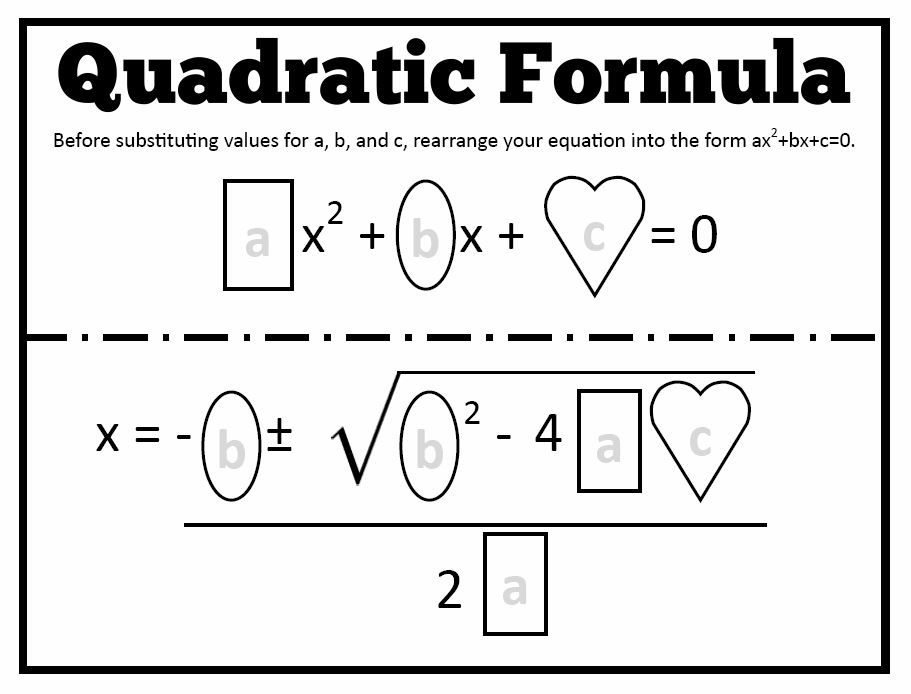 Each activity is interactive and includes short videos and tutorials to give each game context.
Each activity is interactive and includes short videos and tutorials to give each game context.
This investigation answers the question: how does the Coast Guard find and rescue those lost in the vast ocean? Turns out, statistical skills are key to these missions. Kids can learn about how they work and have another great answer to the question “why is math important”?
Have Fun with Math Today!
Let us know how your explorations turn out. Looking for a little extra help? iD Tech offers live online math tutoring to help your student succeed and thrive in the classroom.
Options include:
- Pre-algebra tutoring
- Algebra I tutoring
- Algebra II tutoring
- Online geometry tutoring
- Precalc tutoring
- Calculus tutoring
- Trigonometry tutoring
- Statistics tutoring
Plus, our math tips & resources page offers tutorials and more to level up your child's math game.
5 Free Algebra Activities that Students Will Actually Enjoy
All Posts
- Posted by charlottejam904
06 Oct
As a previous special education teacher with a focus on providing extra support for Algebra 1 students, I remember how difficult it was to find educational, engaging, challenging, and fun (all at the same time) activities for my students. I also had a background in teaching Art, and I had ideas in my mind for integrating the two subjects into activities that I thought my students would enjoy. I could never quite find what I was looking for, however, so I set out to make it myself! This is how I eventually started creating and selling my own teacher-created resources.
Here, I want to share with you 5 activities that I’ve created to address different algebra skills practice in a more stimulating approach.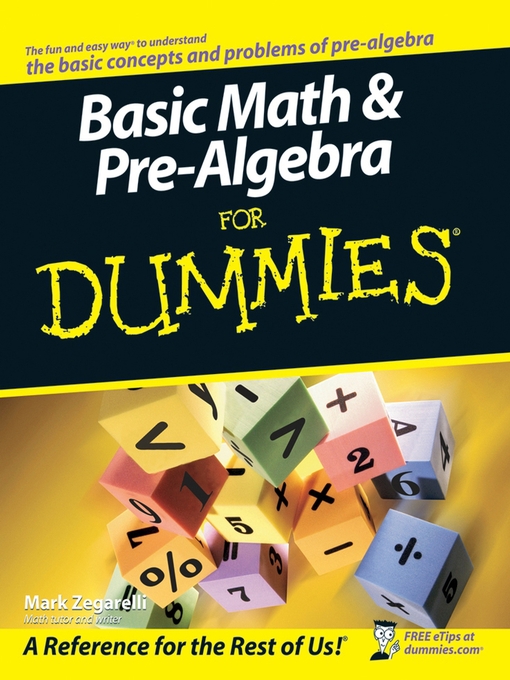 I’ve used all of these activities myself, multiple times, in my classroom with my own students; I can attest that my students truly did enjoy these activities, and I had some of the most challenging cases of students! I hope you find these activities exciting yet rigorous enough to include in your daily practice or homework routine, or for your home-schooled student, as well. Your students will enjoy the change of pace and be engaged as they tap into their artistic side!
I’ve used all of these activities myself, multiple times, in my classroom with my own students; I can attest that my students truly did enjoy these activities, and I had some of the most challenging cases of students! I hope you find these activities exciting yet rigorous enough to include in your daily practice or homework routine, or for your home-schooled student, as well. Your students will enjoy the change of pace and be engaged as they tap into their artistic side!
1. Evaluating Expressions Color by Number
With this activity, students will practice evaluating algebraic expressions (up to three variables, some exercises with absolute value brackets). Then, they will color the mandala according to the color indicated to reveal a beautiful, colorful pattern! As an added bonus, the final product makes fabulous classroom decor! If you enjoy this activity, you’ll find others like it in my Algebra 1 Color by Number Skills Bundle: 21 Activities.
2. Adding and Subtracting Polynomials Tarsia Puzzle
With this activity, students will add and subtract polynomials (up to 6 terms total) in order to complete a mystery-shaped puzzle! As students simplify each expression, they will match their expressions with the correct simplified form in order to complete the puzzle.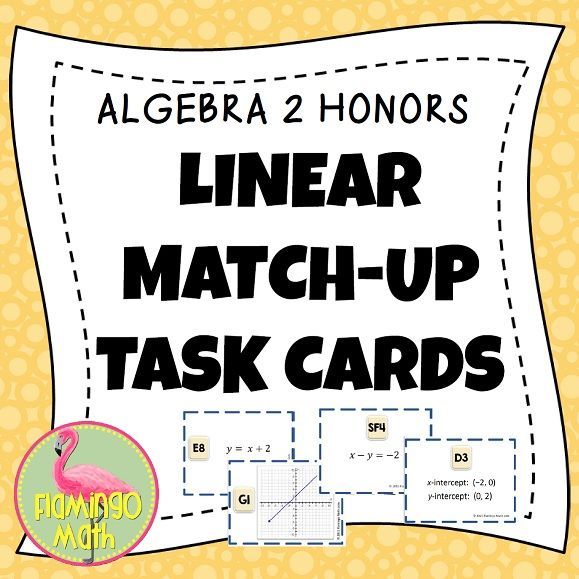 This activity is great for group work, extra practice before or after an extended break, and especially useful for kinesthetic learners. For repeated use of the puzzle, laminate and cut out the puzzle pieces to sustain durability. Store the pieces in individual baggies and all baggies in one large manila envelope for easy use in the future. To make this a group activity, allow students to work in groups of 2 or 3, perhaps in competition with other groups to see which group completes the puzzle first. Finally, this puzzle is best used for skills reinforcement, not for the introduction of a new concept. If you like this activity, you can find others like it in my Algebra 1 Tarsia Puzzle Pack.
This activity is great for group work, extra practice before or after an extended break, and especially useful for kinesthetic learners. For repeated use of the puzzle, laminate and cut out the puzzle pieces to sustain durability. Store the pieces in individual baggies and all baggies in one large manila envelope for easy use in the future. To make this a group activity, allow students to work in groups of 2 or 3, perhaps in competition with other groups to see which group completes the puzzle first. Finally, this puzzle is best used for skills reinforcement, not for the introduction of a new concept. If you like this activity, you can find others like it in my Algebra 1 Tarsia Puzzle Pack.
3. Slope and Y-Intercept Zen Math
With this activity, students will solve linear equations from standard form into slope-intercept form (2 exercises are already in slope-intercept form) and identify the slope and y-intercept. Students will then fill in an abstract space according to their answer with a pattern to reveal a beautiful, fun Zen design! Students can color their final products or leave them in black and white.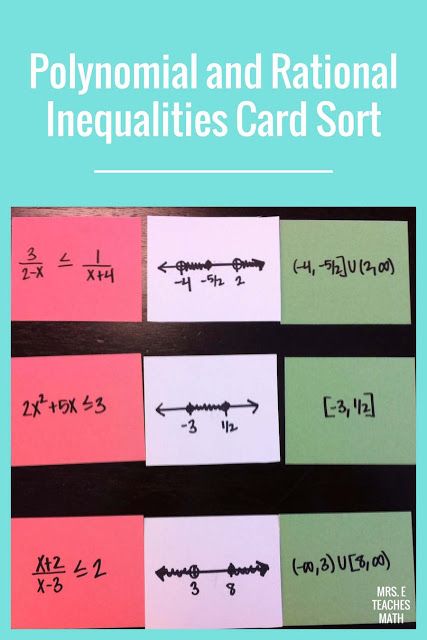 Either way, your classroom will be decorated with beautiful artwork as the students practice their Algebra skills. For other activities like this one, check out my Zen Math Algebra 1 Bundle!
Either way, your classroom will be decorated with beautiful artwork as the students practice their Algebra skills. For other activities like this one, check out my Zen Math Algebra 1 Bundle!
4. Solving Proportions Create & Color
In this activity, students will solve proportions as they tap into their creative side! Once students solve the proportions (including proportions with binomials), they will locate the box with their answer in it on the next page and follow the given directions for that box. They will fill the box with fun patterns, drawings, and creative ideas! The students will create their own colorful masterpieces as they reinforce their algebra skills, and you will be able to quickly check for understanding as the students assemble their artwork. This flexible activity allows students to stretch their imagination while reinforcing important algebra concepts. This activity, and others like it, are available in my Algebra 1 Create and Color Bundle 2.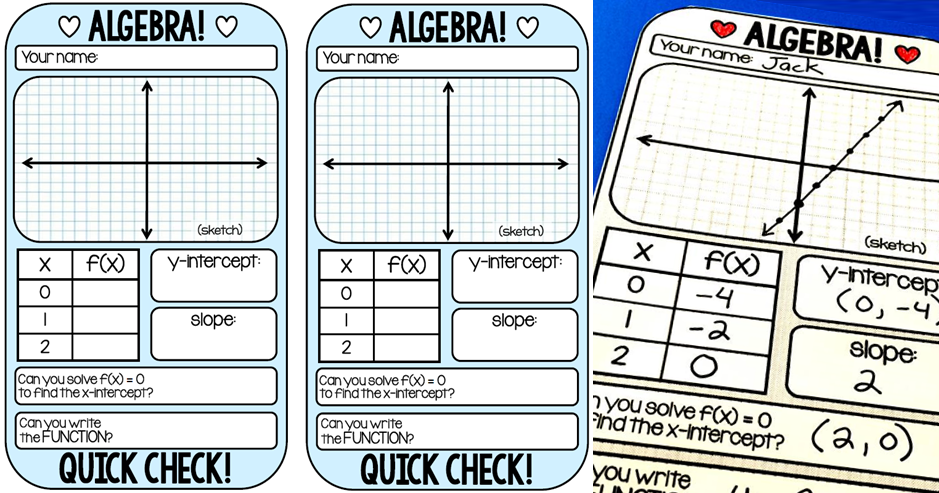
5. Systems of Equations Christmas Tree Activity
With this activity, students will solve systems of equations algebraically using any method of their choice (substitution or elimination). As students find the solutions, they will cut and paste the appropriate ornament onto the Christmas tree to reveal a fun, festively decorated tree! Students can color their ornaments and trees and add their own personal touches as they see fit. Your classroom will have plenty of beautiful decorations just in time for the Christmas break!
Entertaining mathematics. | Condition Plan for a lesson in mathematics (senior, preparatory group):
Municipal Budgetary Educational Institution
Ermakovsky kindergarten No. 2 of the combined type "Rodnichok"
Pedagogical practice
Entertaining
Mathematics
Author: Shirokova Lyubov love love love love love love love Vyacheslavovna -
Compensatory group teacher
.
s.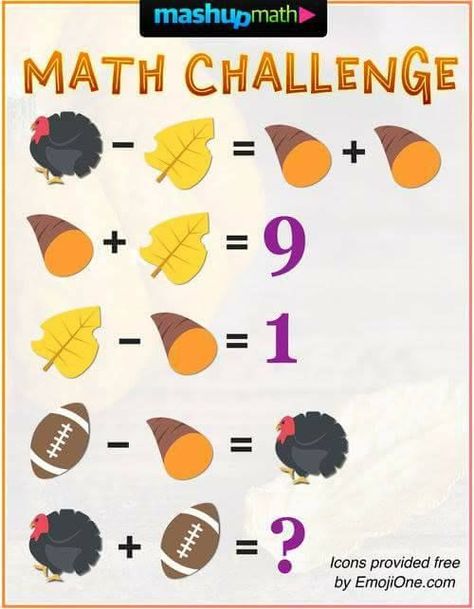 Ermakovskoe 2019
Ermakovskoe 2019
Contents.
| No. | Section name | |
| 1. | Relevance. | |
| 2. | "Hurry, do not make a mistake" (Smecalized competition) | |
| 3. | ||
| 4. | "Journey to the city of Mathematics" (mathematical leisure evening) | |
| 5.
| "Where does the Hedgehog live?" (quest game) | |
| 6. | Conclusions. | |
| 7. | Literature. | |
| 8. | Application. |
The rationale for choosing a topic:
Who from childhood is engaged in mathematics, he develops attention, trains his brain, his will, educates perseverance and perseverance in achieving the goal.
A. Markushevich
Therefore, my pedagogical practice is aimed at solving issues of developing interest in mathematics in accordance with the new requirements of the Federal State Educational Standard.
From an early age, children learn everything that will be necessary in their future life. One of the most important skills is the ability to solve problems, because a person meets with them (everyday, educational, industrial) every day and at every step.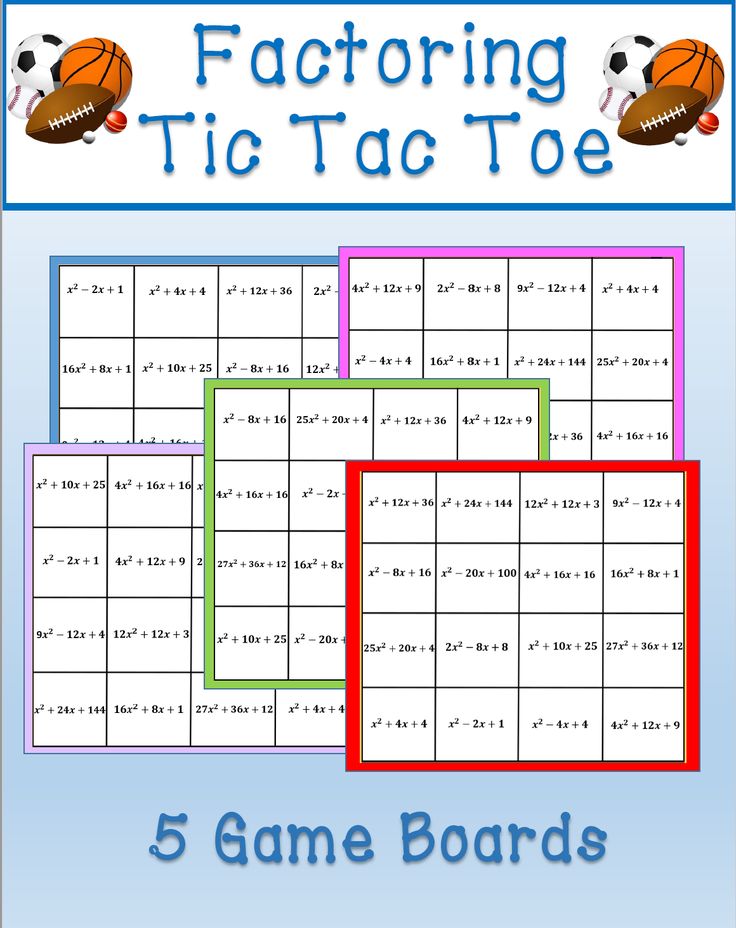
If someone learns to solve simple problems, starting with mathematical ones (and they “put the mind in order”), then he will be able to find answers to other, more complex and difficult ones. Entertaining games, tasks for ingenuity, puzzles, arouse great interest in children. Children can, without being distracted, practice for a long time in transforming figures, shifting sticks or other objects according to a given pattern, according to their own plan. A Chinese proverb says: “Tell me and I will forget, Show me and I will remember, Let me try and I will understand.” In the classes on the formation of elementary mathematical representations, important qualities of the child are formed: independence, resourcefulness, quick wit, observation, perseverance is developed, constructive skills are developed. It is known that many children experience some difficulties in mastering mathematical knowledge. Preschool children do not know at all that mathematics is a very difficult discipline.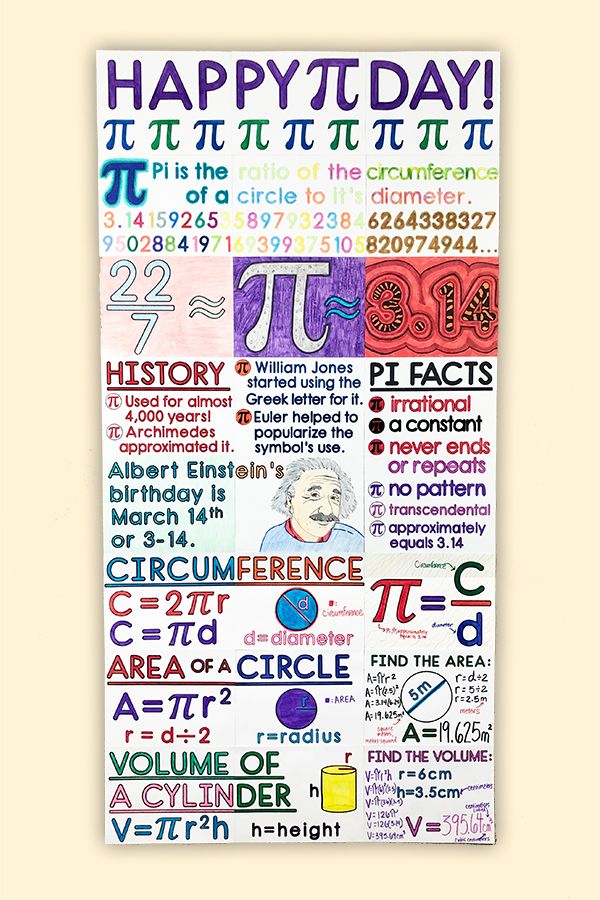 Let the children not see that they are being taught something. Let them think they are only playing.
Let the children not see that they are being taught something. Let them think they are only playing.
Purpose of my work: the development of mathematical representations in children with disabilities (TNR) through entertaining classes.
I determined the range of tasks that I set myself for the formation of elementary mathematical concepts in preschool children.
Educational:
- Identification of the level of formation of mathematical concepts in children.
- Formation of ideas about arithmetic operations.
- To instill interest in solving entertaining problems with mathematical meaning.
Correction-developing:
- Development of mental operations, visual perception, logical thinking and attention.
- Development of speech activity, speech hearing.
- Development of skills to quickly and clearly answer the questions.
Educational:
- Education of activity, initiative, interaction skills in
learning and play activities.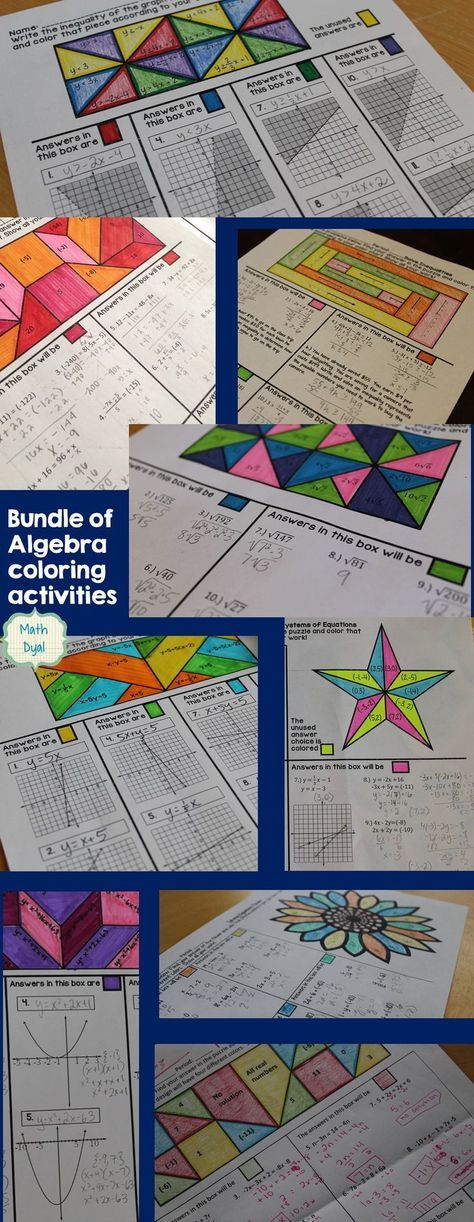
- Raise interest in mathematics.
The effectiveness of the implementation of pedagogical practice largely depends on the form of work on the development of mathematical concepts:
- organization of educational activities (in accordance with the educational schedule).
- joint activities in sensitive moments.
- leisure activities (competitions, competitive games, quests, etc.)
- guessing riddles, solving comic problems, entertaining questions.
- independent activities of children.
- from the methods of work on the development of mathematical representations:
- verbal (explanation, conversation, etc.).
- visual (handout, illustrations, etc.).
- practical (mental activities, riddles, didactic games and exercises, etc.).
- gaming (mobile and movement games, etc.).
Expected results:
- development of children's interest in mathematics and overcoming difficulties in solving mathematical problems;
- positive dynamics of monitoring on the formation of elementary mathematical concepts in children of senior preschool age;
- formation in children of senior preschool age of operations of logical thinking (analysis, classification, generalization), attention;
- formation of elementary mathematical ideas in children with the help of entertaining material;
- application of mathematical knowledge and skills by children in independent activities.
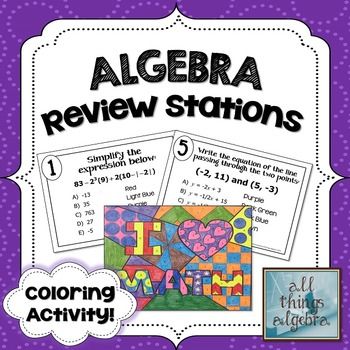
"Hurry up, don't make a mistake" (competition of the savvy)
Purpose: To stimulate the development of mental abilities, curiosity, cognition.
Tasks:
Educational: updating children's counting skills, improving the ability to recognize and distinguish geometric shapes.
Correction-developing: development of mental operations, development of coordination of speech with movement, development of fine motor skills, attention.
Educational: fostering a positive attitude to participate in the competition, fostering activity, independence.
1. Organizational moment:
Educator: Guys, today we will have a competition of smart, resourceful. In order to win it, you must be very careful and not be distracted. To that of the children who correctly and quickly completes the task, guesses the riddle, I will give a distinctive sign - a red circle. At the end of the competition, each of the children will count the circles, and we will find out which of you is the winner.
2. Main part
Educator: Guys, and now the first task is "Guess the riddle"
Two twins, two brothers sit on horseback on their noses. (Glasses.)
I stand on four legs, but I can’t walk at all. (Table.)
Two mothers have 5 sons. (Fingers.)
This horse does not eat oats, instead of legs there are 2 wheels. Sit on horseback and race on it,
Only better drive! (Bicycle.)
They put me on two fingers and cut what I need. (Scissors.)
5 brothers - one name for all. (Fingers.)
(Children get a red circle for each correct answer.)
Educator: Now guys, the next task for you with counting sticks: 1. Count 8 sticks. Make a checkbox out of them. The stick at the flag consists of 2 counting sticks.
2. Divide a rectangle of 6 sticks with one stick into two 2 equal squares.
(The one who completed the task first among the children is encouraged).
Educator: And now, guys, we will stand in a circle and play the game: “Who is more?” (The teacher invites the children to answer the question who is bigger?)
- a small elephant or a big mouse;
- small hippopotamus or large ant;
- little donkey or big bunny;
- small giraffe or big fox.
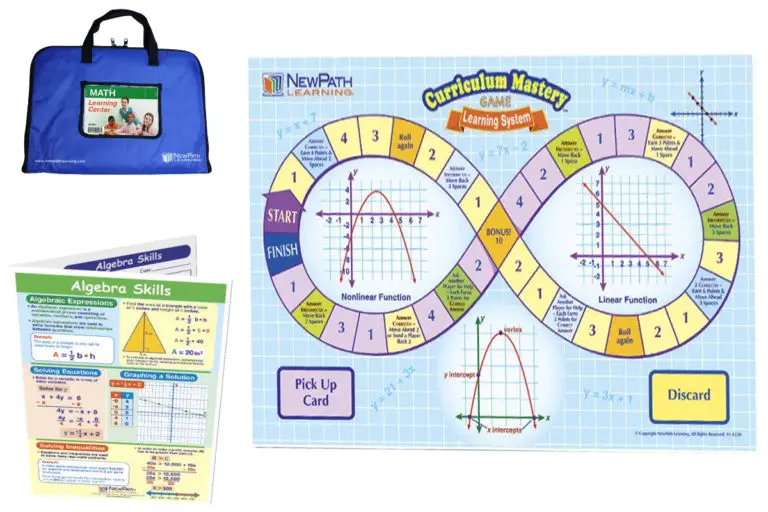
5
.0003
Educator: Guys, you need to look at the objects, compare them with each other and find an extra one. Whoever guesses will come up to me and say so that other children will not hear. (After most of the children highlight the extra item, the teacher should ask: “Why do you think that among all the items there is an extra notebook?” (Children's answers).
Educator: Guys, and now, before the next task, I suggest you do finger gymnastics : “How big is our family.”
How big is our family Children perform handclaps and
yes cheerful: alternate beats.
Two are standing by the bench, bending their thumbs.
Two people want to learn, bend their index fingers.
Two Stepans with sour cream They bend their middle fingers.
They overeat,
Two Dashas at the porridge bend their ring fingers.
They eat.
Two Ulkas in the cradle Bend their little fingers.
Swing. Russian folk song
Educator: And now guys for you the next task is “Logical task” (The teacher distributes sheets of paper with a logical task depicted on it. ) Guys, you must add the missing figure. (The tasks of those sitting next to each other are different.) (See Appendix 1)
) Guys, you must add the missing figure. (The tasks of those sitting next to each other are different.) (See Appendix 1)
Educator: Guys, here is the last task for everyone - joke tasks. (The teacher warns the guys not to rush into the answer, think it over before.)
- There were 3 glasses of berries on the table. Vova ate 1 glass of berries and put it on the table. How many glasses are on the table? (3)
- 3 candles were lit in the room. Then one of them was extinguished. How many candles are left? (One, two others burned down.)
- 3 people were waiting for the train for 3 hours. How long did each one wait? (3 hours.) (Those who do not make mistakes are rewarded.)
Reflection.
Educator: Guys, you are all great today! Now we will count the points and find out who we have the most savvy!
Journey to Wonderland
Tasks:
Educational: Improving the skills of orientation on the plane and space, the formation of counting skills, learn to make the number five out of two smaller ones.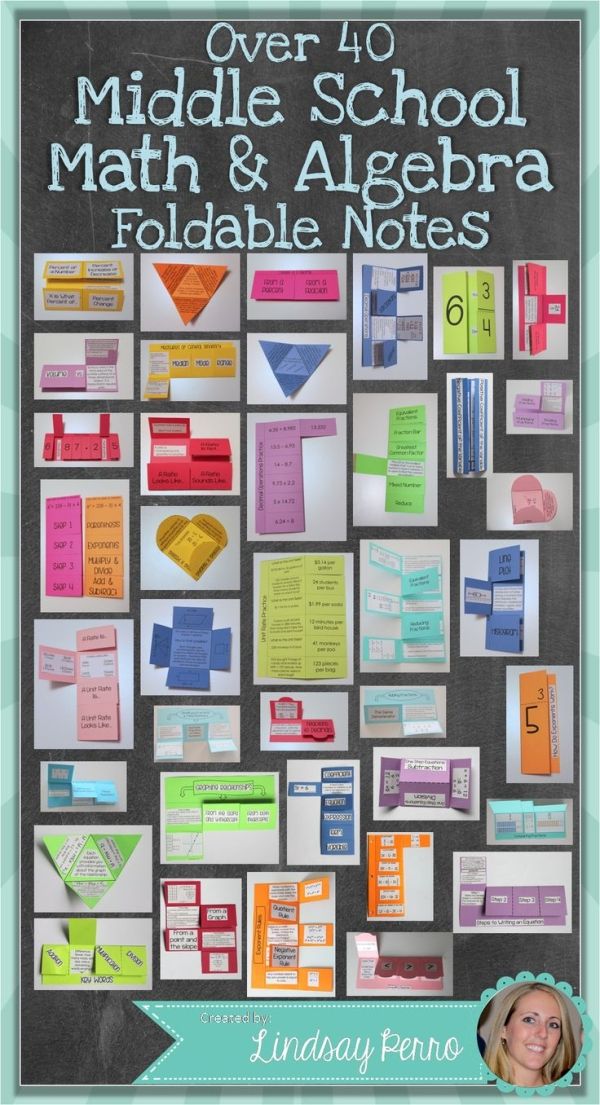
Correction-developing: development of mental operations.
Educational: nurturing a positive attitude to participate in the game, skills of cooperation, interaction, activity.
Preliminary work: The children were divided into two teams in advance, the captains were chosen, the names of the teams "Talking Cricket", "Turtle Tortilla" were invented, the flags awarded to the teams for completing tasks were prepared.
1. Organizational moment.
Educator: Today we are going on an unusual journey with you. We are going to visit Wonderland. But for this we need to free Pinocchio, who was closed in the house by Karabas - Barabas. The team that will not be afraid of difficulties, overcome all obstacles, show dexterity and ingenuity will win. So, we set off on a journey in search of Pinocchio.
2.Main part.
Educator: Guys, here is a maze in front of us. Many roads lead to the house, but only one can lead to it. Let's find this road, maybe Pinocchio is hidden in this house. Let 1 person from each team go to search.
Let 1 person from each team go to search.
(A child who has found the way to the house takes out two letters. At the bottom of each envelope is written: “To the children of the kindergarten from Pinocchio’s friends.”
Envelopes are given to the teacher. The teacher opens one envelope and reads.)
Educator: Guys, Pinocchio's friends sent us a letter with riddles. There are quite a lot of them - 6. How many riddles should I guess for each team so that it is evenly divided. (Children's answers.) So the Talking Firefly team, listen and guess the riddles!
- “On a large sofa in a row
Tanins dolls are:
2 naves, Pinocchio,
and funny Chipartlino.
Help Tanya
Count toys. (4)
- This horse does not eat oats, instead of legs there are two wheels. Sit on horseback and ride on it,
just drive better. (Bicycle)
- They put me on two fingers and cut what I need. (Scissors)
And now the riddles for the Turtle Tortila team:
- - - Tanya's toys are standing in a row on the shelf.
Next to the monkey is a teddy bear.
Next to the fox are a hedgehog and a frog.
How many toys does Tanya have. (5)
- We always walk together, like brothers. We dine under the table, and at night under the bed. (Boots or sandals).
- Two mothers have five sons. (Fingers).
(For each correct answer, the children receive flags.)
Educator: Guys, now let's have a little rest and play, the mobile exercise "My ball". (The teacher invites the children to go to the carpet. The children do the exercise.)
Friend is funny, my ball, children perform four jumps
on socks, holding their hands on the belt.
Everywhere, everywhere he is with me. Two swings with each hand, as
would hit the ball.
One, two, three, four, five, five toe jumps holding
Hands on belt.
Play well with the ball. Two strokes with each hand, as
V. Volin would strike the ball.
Educator: Everyone coped with this task, well done! Now let's see what is in the next envelope. (The teacher finds in the envelope 2 plans “Where to look for Pinocchio.” Both teams go in search of Pinocchio. They find houses with locks hanging on the doors. In order to open the door, you need to pick up the key to the lock. The lock and key are made of cardboard. She wins a team that can complete the task faster. Pinocchio is found in one of the houses, the next envelope is found in the other house).
(The teacher finds in the envelope 2 plans “Where to look for Pinocchio.” Both teams go in search of Pinocchio. They find houses with locks hanging on the doors. In order to open the door, you need to pick up the key to the lock. The lock and key are made of cardboard. She wins a team that can complete the task faster. Pinocchio is found in one of the houses, the next envelope is found in the other house).
Educator: Well done guys, they coped and coped with this task. But this task was invented for you by Malvina. The game is called "Make a picture of Pinocchio." This is a relay game, I will put the parts from which we will make a picture. Each team member takes 1 piece, puts it down and returns to its place. The team that completes the task faster and more correctly will win. (The winning team will receive a flag.)
Educator: Guys, and now we will see the next task “The answer is one, but there are many examples” - who prepared it for you - the fox Alice and the cat Basilio. “Pinocchio had 5 gold coins. And you guys, make up the number 5 from cards with circles in different ways. ”(Children complete the task, make circles so that when added they become 5).
“Pinocchio had 5 gold coins. And you guys, make up the number 5 from cards with circles in different ways. ”(Children complete the task, make circles so that when added they become 5).
Educator: And now we have a competition for captains "Who is attentive."
Tasks for captains:
- Compare two pictures and fill in as many squares as there are differences.
- How many squares have you filled in?(4). (Appendix 2)
Reflection.
Educator: So our journey to the camp of Miracles and adventures has ended. Now we will count how many flags the teams received and find out the winners.
"Journey to the City of Mathematics"
(Mathematical leisure evening)
Tasks:
Educational: learn to solve a logical problem, guess a mathematical riddle, teach ordinal counting. Improving the ability to recognize and distinguish flat geometric figures.
Correction-developing: the development of mental operations, speech activity, the ability to solve problem situations.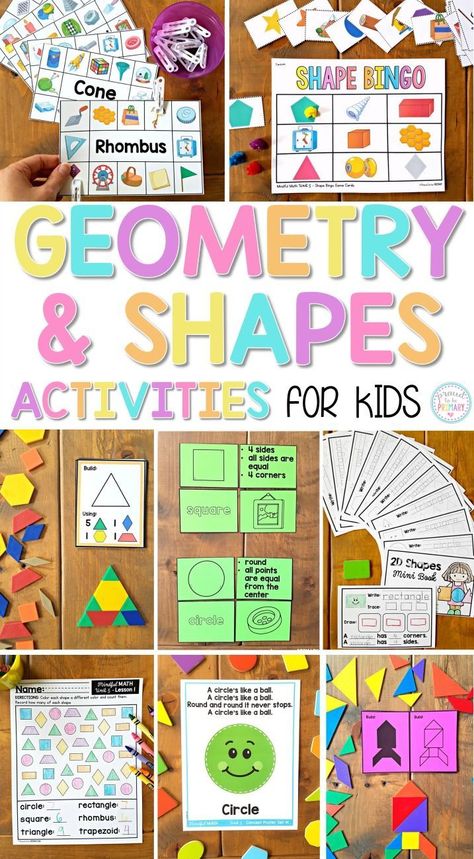
Educational: education of independence, activity, initiative, cooperation skills.
- Organizational moment: (Children stand in a circle.)
Educator: In a wide circle, I see,
We will now go to the right
And now we will go to the left.
. . . We will gather in the center of the circle,
. . .
Let's smile, wink.
And let's start playing again.
- Main part.
Educator: You guys will soon become schoolchildren. And in order to study well at school, you need to know a lot, be able to guess. Today I invite you to go on a Journey to the City of Mathematics. Today we will solve unusual tasks, perform tasks for ingenuity and ingenuity. And I propose to go on our journey on a carpet-airplane. While we are flying, I offer you a "Mental warm-up"
- How many months are there in a year?
- If the table is higher than the chair, then the chair.
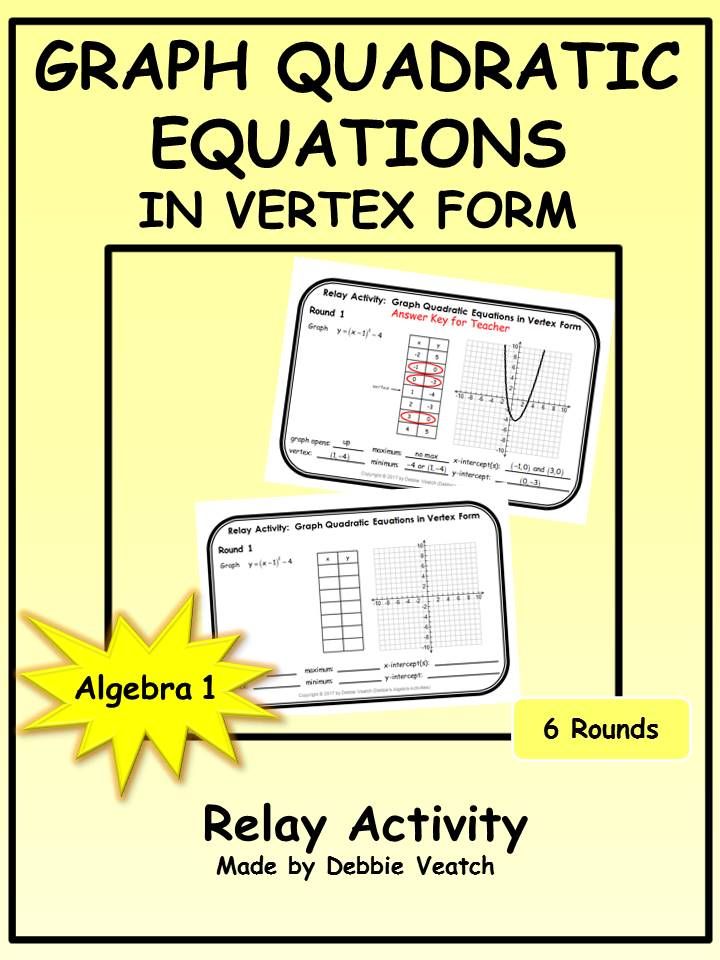 .. (below the table).
.. (below the table). - How many ends do two sticks have?
- We sleep at night, and we do exercises... (in the morning)?
- The sun shines during the day, and the moon ... (at night)?
- We have supper in the evening, and have lunch... (in the afternoon)?
- If today is Wednesday, what about tomorrow?
- How many colors does the rainbow have?
- You and I, and we are with you. How many of us?
- If the right hand is on the right, then the left .... (on the left).
Educator: Well, guys, you and I landed in the city of Mathematics.
And there are unusual houses in this city. And now I offer you the task "Find an unusual house." (In front of the children on the table are houses in the form of geometric shapes - quadrangles and one hexagon. Children must determine which house is unusual and why.)
Educator: The inhabitants of this city are resourceful and savvy. Now let's see, and you are just as resourceful and savvy.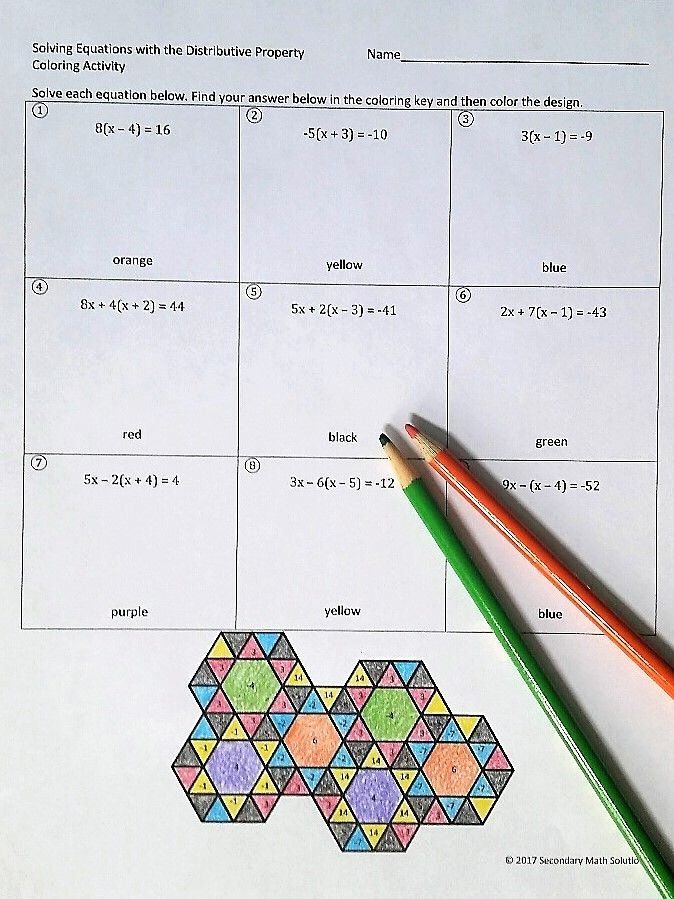 I suggest you solve the logical problem "Find what is different."
I suggest you solve the logical problem "Find what is different."
(On the table of the table on which the graphic task is depicted, the children determine how they differ.) (see Appendix 2) page 62
Educator: What a great fellow you are! Everyone did it! And now I suggest you take a break and play the game "Counters". (Children stand in a circle and begin to pass the ball to the cheerful music, whoever has the ball left after the music stops answers the question asked by the teacher. For example: count from 4 to 9, count from 6 to 10, comprehend from 5 to 9, name the neighbors number 3, name the neighbors of number 6, name the neighbors of number 9etc.)
Educator: Well done guys! And all the inhabitants of this wonderful city are able to solve problems. They have prepared interesting tasks for you. Solve them.
- How many ears do 3 mice have?
- How many paws does 2 cubs have?
- A seagull warmed up the kettle,
Invited nine seagulls.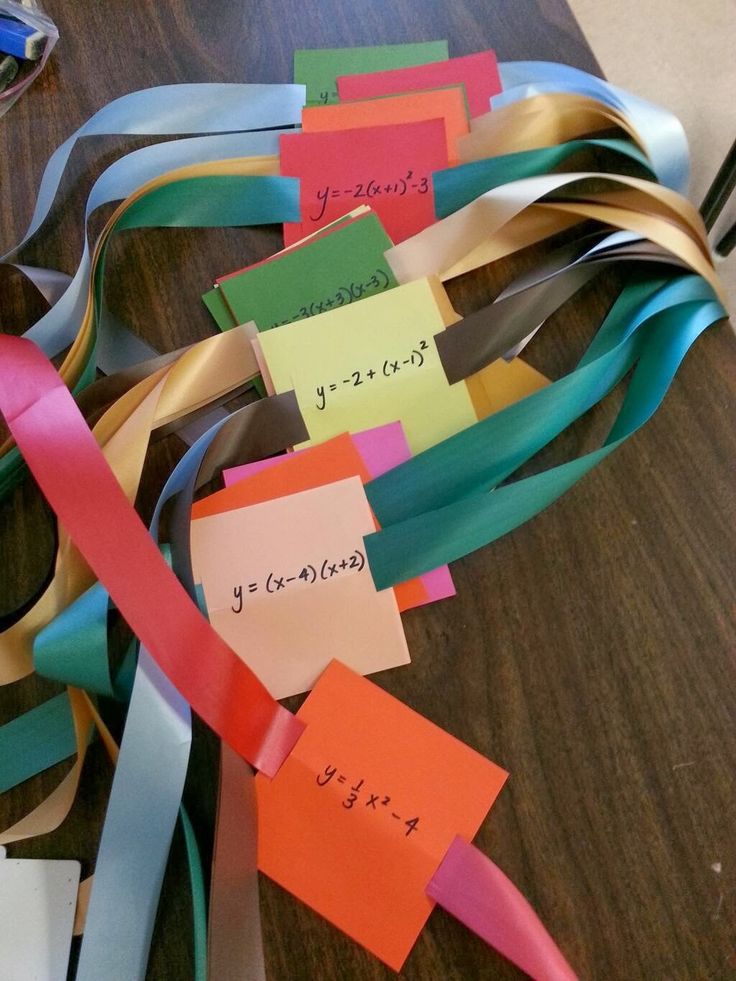
“Come all for tea!”
How many seagulls answer!
- The apples are ripe in the garden.
We managed to taste them
Five ruddy, liquid,
Three with sourness.
How many?
- Rada Alyonka -
Found two oil cans!
Yes, four in a basket!
How many mushrooms are in the basket?
- Well, how many of all the guys
ride on the mountain?
Three are sitting in a sleigh,
One is waiting.
Educator: Well done guys! And now we need to go back to kindergarten! While we are flying, I propose to play the True or False game. I will call what happens and if I call it right, you clap your hands, and if it’s not right, you shake your head.
Seven is one more than six. After Saturday comes Sunday.
There are five days in a week. Monday is followed by Wednesday.
The egg looks like a circle. Thursday comes before Friday.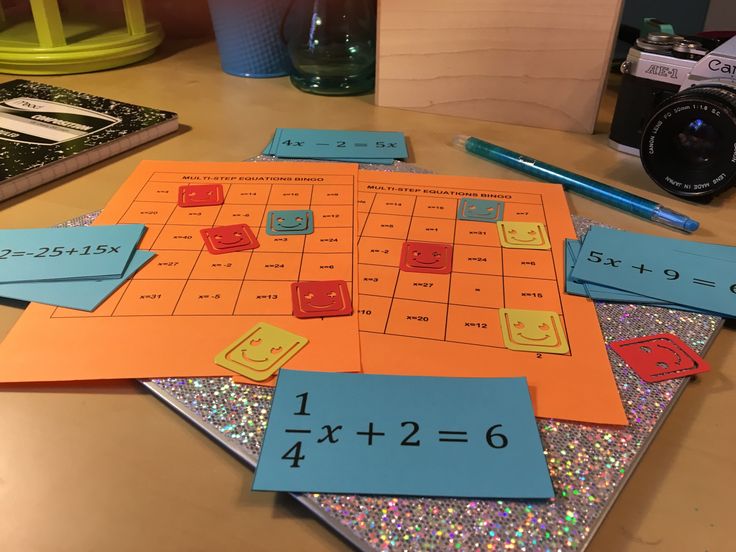
Reflection.
Educator: Dear children, today we made a trip to the wonderful city of Mathematics. Did you like it? (Children's answers) I suggest you tell your parents about our journey.
"Where does the Hedgehog live?"
(Quest - game)
Purpose: to help find a map that will show the way to the Hedgehog's house.
Objectives:
Educational: Improving the skills of quantitative counting within ten, constructive skills. Formation of temporary representations (parts of the day). Improving the skills of orientation on the plane.
Correction-developing: development of logical thinking, visual perception and attention.
Educational: education of independence, activity, initiative, cooperation skills.
1. Organizational moment:
Educator: Good morning, guys! I invite you to the quest! Do you know what it is? (Answers of children). Guys, the quest - translated from English is "task", "search", "hike". Do you want to go hiking? But look what is this? (The teacher picks up the letter and reads: “Dear guys! I got lost and can’t find my way to my house.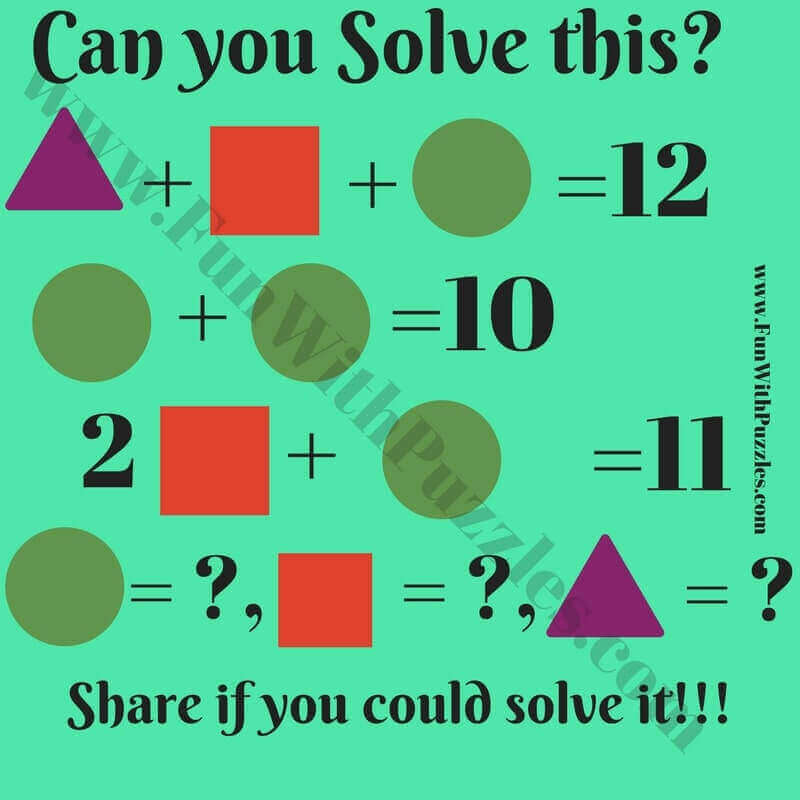 Please help me get home. Hedgehog.”) Guys, help the Hedgehog! And how can we do it? We need to find a map and on it the Hedgehog will be able to find the way to his house. Who do you think can help us? (Answers, guesses of children). Of course, the Hedgehog's friends who live with him in the forest will help us.
Please help me get home. Hedgehog.”) Guys, help the Hedgehog! And how can we do it? We need to find a map and on it the Hedgehog will be able to find the way to his house. Who do you think can help us? (Answers, guesses of children). Of course, the Hedgehog's friends who live with him in the forest will help us.
And so on the road! 1.2.3. we came to the magical forest.
2. Stage. Traveling through zones and completing game tasks.
Educator: Guys, look. There is a letter on the table near Squirrel's toy, and there is a task in it. Need to give a quick answer, are you ready or not? Didactic exercise "Quick answer"
what number follows the number 5?
what number comes before the number 3?
what number is hidden between 5 and 7?
what day of the week is today?
what is the name of the first working day?
what day of the week after Wednesday?
what is the fifth day of the week?
What are the days off called?
what season comes after spring?
which month comes after April?
Educator: Well done guys! We completed the Squirrel's task and she gives us a hint. Let's go further. Near Lisa's toy lies a letter, and in it is a task: the game "Fold the figure." (The teacher distributes geometric shapes to the children and invites everyone to put together the image
Chanterelles. Children complete the task and receive an envelope with a hint)
Educator: And you coped with this task, well done! Let's go further. The next task is from the Bear, which the children meet further. Task “We count and reason”
Educator: Guys, I will help you too. You count the number of figures on the card, and I will raise the number and the one who has the same number of figures will raise the card. (Children complete the task and get a hint)
Educator: Guys, now I suggest you have some rest and play. Mobile exercise "Day". (The teacher invites the children to the center of the group room and offers to complete the exercise).
The sun is shining brightly in the sky, Children walk in a circle one after another.
Children go out for a walk -
Top, top, top, top. Jump on both legs. Bend
Jump on both legs. Bend
fingers on both hands, starting from
large.
Titmouse tinkle loudly, perform body turns,
Little birds, small, - Hands held on the belt. Fold over
Shadow, shadow, shadow, shadow. fingers on both hands, starting with
large.
Just think for a minute, Rhythmically raise and lower
What time of day is this? shoulders.
Day, day, day, day. They jump on both legs, bent
,fingers on both hands, starting with
,large.
Educator: And here are our old friends. But this time they offer you to build a three-story house for them. Different animals should live on each floor. And on each floor, the windows should be located in their own way. Try to build a house all together. (Children lay out figures, “build” a house.)
Educator: Great! You have completed the task. But what does it take to complete a house?
Children: We need to make a roof
Educator: What shape should it be
Children: Triangular.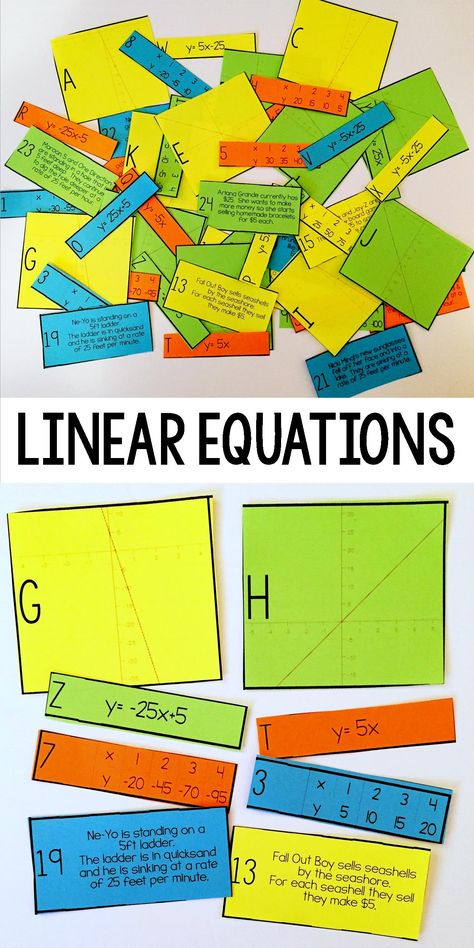
(The teacher offers triangles of different sizes. Children select the right size triangle and after that they receive a hint.)
Stage 3. Final goal.
Teacher: Let's open the envelopes and look at the clues. (Box, red, balls). Here is the map. She will help the Hedgehog to return home. And we need to go back to kindergarten. Let's say - 1.2.3.4.5. Again in the group we are again.
Conclusions.
After working on the formation of elementary mathematical concepts, I concluded that the effective assimilation of knowledge in preschool children is facilitated by playing techniques. The use of a variety of entertaining games and exercises allows children to more confidently approach the discovery of new and consolidate the already studied material.
Unbeknownst to themselves, in the process of playing, preschoolers add up, count, solve various logical problems. It is interesting for children, they love to play.
In the lessons on the formation of elementary mathematical representations, the use of game techniques made it possible to achieve a high level of knowledge of children.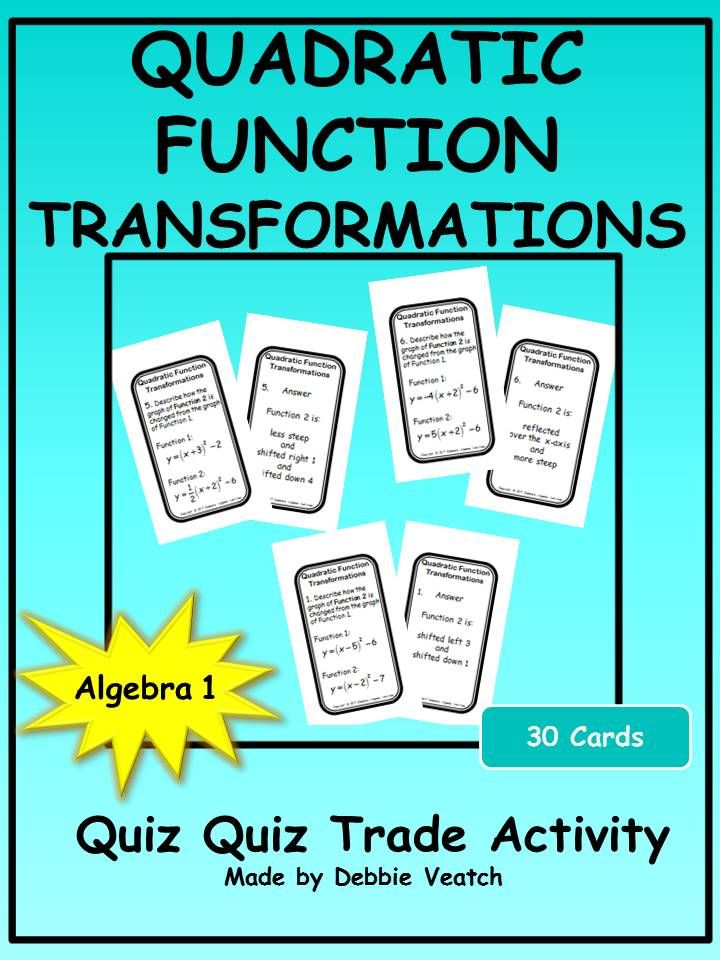
My achievements:
Literature used.
- Volina V.V. cheerful mathematics. - M.: Firm Publishing House LLC, 1999.
- Gendenshtein L.E. Collection of educational games / L.E. Gendenshtein, E.L. Malyshev. - Rostov-on-Don: Phoenix, 2005.
- Entertaining tasks in verse. Senior and preparatory groups. / Comp. Karpenko V.P. - Volgograd: ITD "Coripheus".
- Zaitsev V.V. Mathematics for preschool children: A guide for educators and parents. - M.: Humanit. Ed. Center VLADOS, 2001.
- Mikhailova Z.A. Game entertaining tasks for preschoolers: Book. for the teacher of children Sada. - 2nd ed., revised. - M., Education, 1990.
- N.V. Nishcheva The development of mathematical concepts in preschoolers with OHP (from 4 to 5 and from 5 to 6 years). - St. Petersburg: LLC "PUBLISHING HOUSE" CHILDHOOD -PRESS ", 2016.
Appendix 1
“Hurry, Do not make a mistake” (Smecal competition)
Task “Logical Problem”
Appendix 2
“Travel to the Country of Wonders” (game-rejection)
Captain Competition “Who attentive”
interesting math problems and assignments
Tips for parents and examples of exciting math assignments.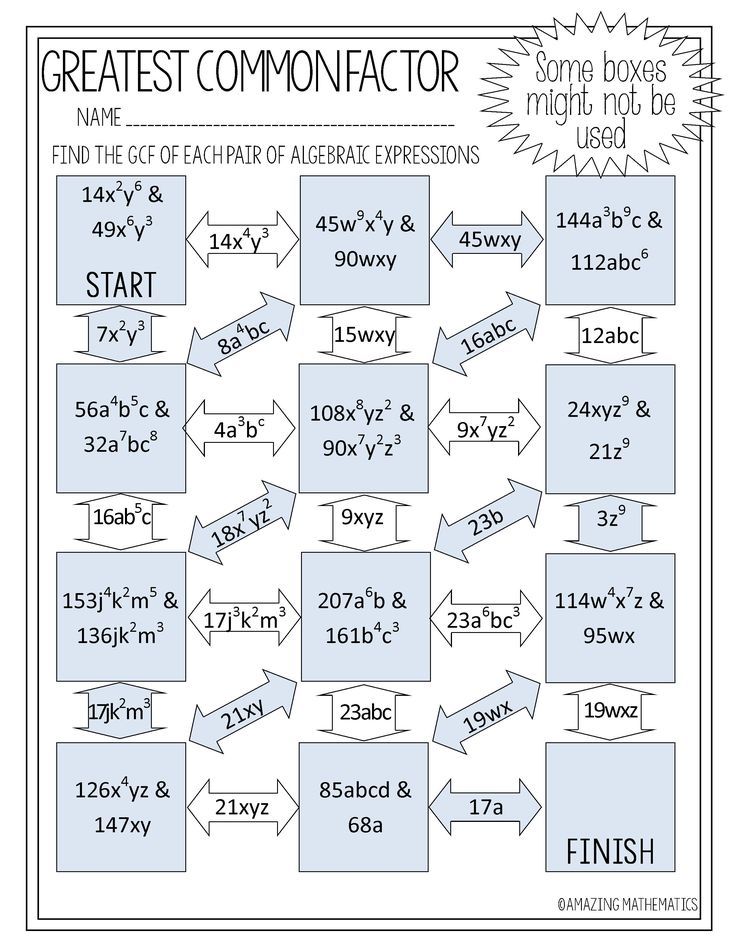 fun tasks, puzzles, exercises and tests with answers and solutions.
fun tasks, puzzles, exercises and tests with answers and solutions.
Try the LogicLike course in a playful way!
Choose an age to start
4-5 years old
6-7 years
1-2 class
3-9 grade
15+ for myself
I am a teacher
Why do children and parents choose LogicLike?
ALL LOGIC IN GAME FORM!
- Flexible mind and confidence When children decide tasks and puzzles on LogicLike, they develop ingenuity and Confidence in your strength.
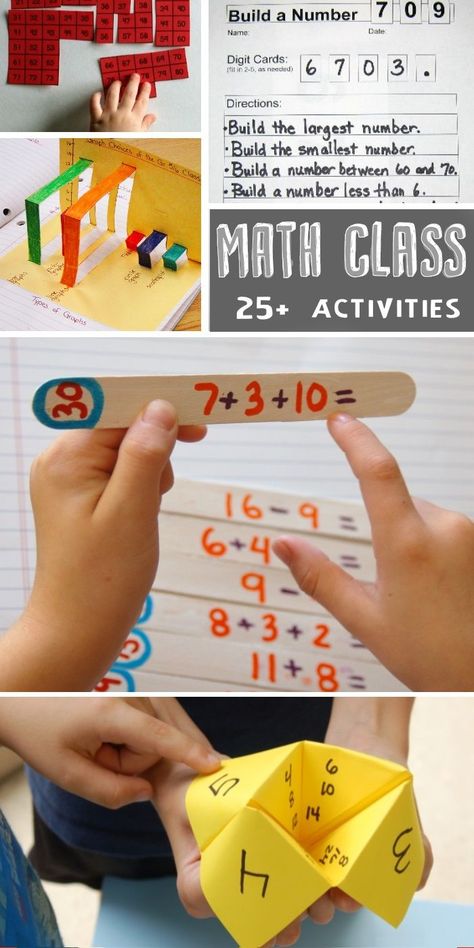
- Foundation for IT We teach how to work with information competently, develop logical and mathematical intelligence, memory and thinking.
- Sip "fresh air" You can spend 20-30 minutes on yourself while the child develops. By the way, doing LogicLike is also interesting for adults.
Start classes!
The benefits of studying logic and mathematics
Elementary mathematical representations help to form in kindergarten. Basic Mathematical abilities are developed at school.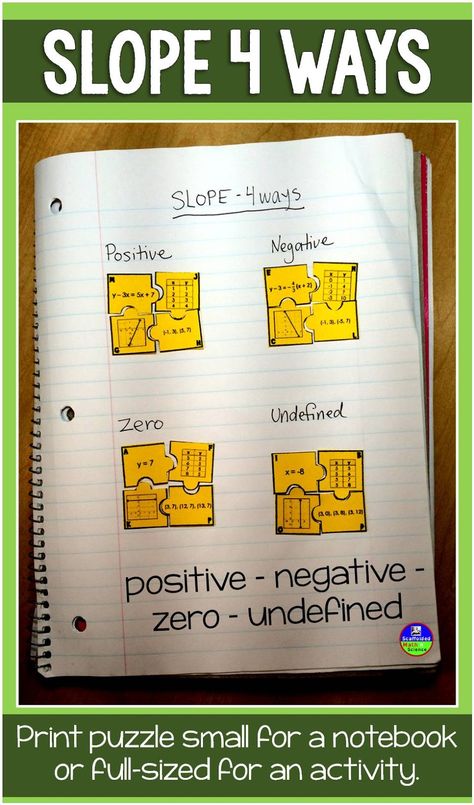
And so that the child learns to reason logically, to think outside the box - ordinary arithmetic and geometric problems are not enough.
Already at preschool age, it is desirable to develop the habit of daily tasks and exercises for the development of logical thinking.
Thanks to regular training:
- the child learns to reason, analyze and do the right things. conclusions;
- develops intelligence, memory, attention and intelligence;
- success increases self-esteem, interest in learning at school, inspire to win in mathematical olympiads and competitions.
Children aged 5-12 enjoy walking LogicLike course in game form.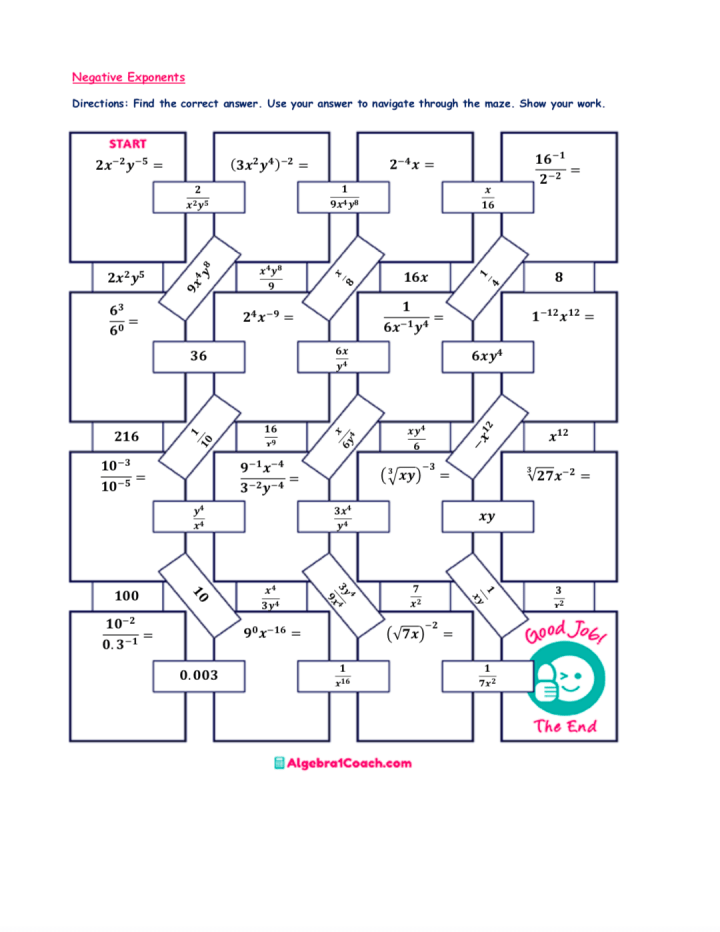 In the meantime, they learn to reason develop logic, ability to mathematics and cognitive interest.
In the meantime, they learn to reason develop logic, ability to mathematics and cognitive interest.
Math problems by age
It is easiest to interest preschoolers 5-7 years old, primary school students. The main thing - offer a variety of entertaining tasks, make the process of solving problems exciting, with elements of the game, and provide a moderate difficulty of the tasks.
Examples of tasks by age
- Logic for children 5-6 years old
- Logic for children 6-7 years old
- Math for preschoolers
- 1st class
- 2 class
- 3 class
- 4 class
By grades 3-4, a student's motivation often decreases.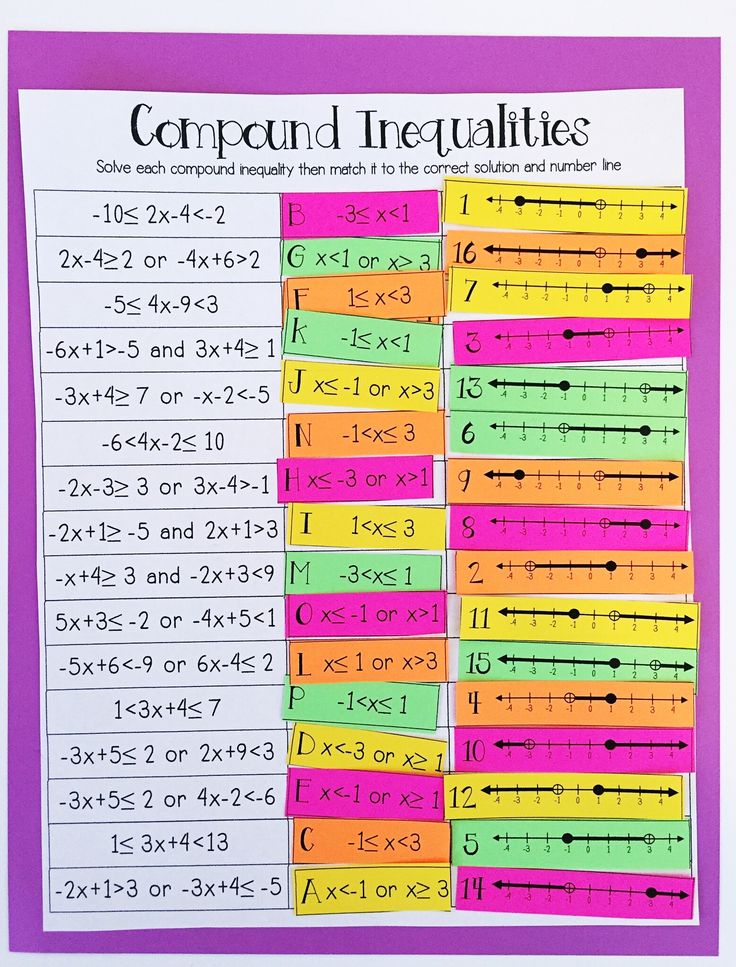 It is important for parents not to miss this moment and explain to the child why to do it at all mathematics and learn to solve problems.
It is important for parents not to miss this moment and explain to the child why to do it at all mathematics and learn to solve problems.
Logic and Math Examples
- for preschoolers
- for first graders
- examples for 2 class
- for class 3
- for class 4
- examples for 5 class
Logic-mathematical and other educational games by age
45 years
Entertaining tasks by type
In terms of regular training at any age, there should be at least 5-7 types of tasks.